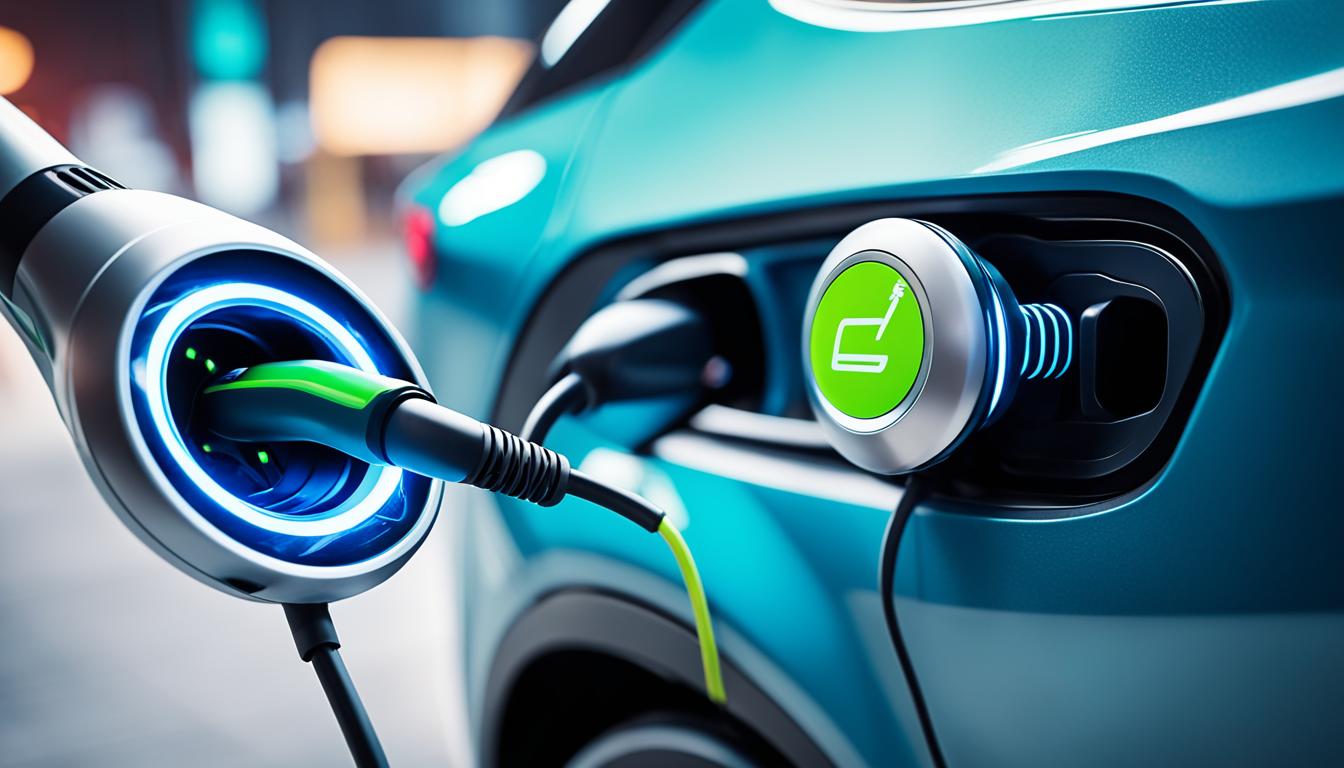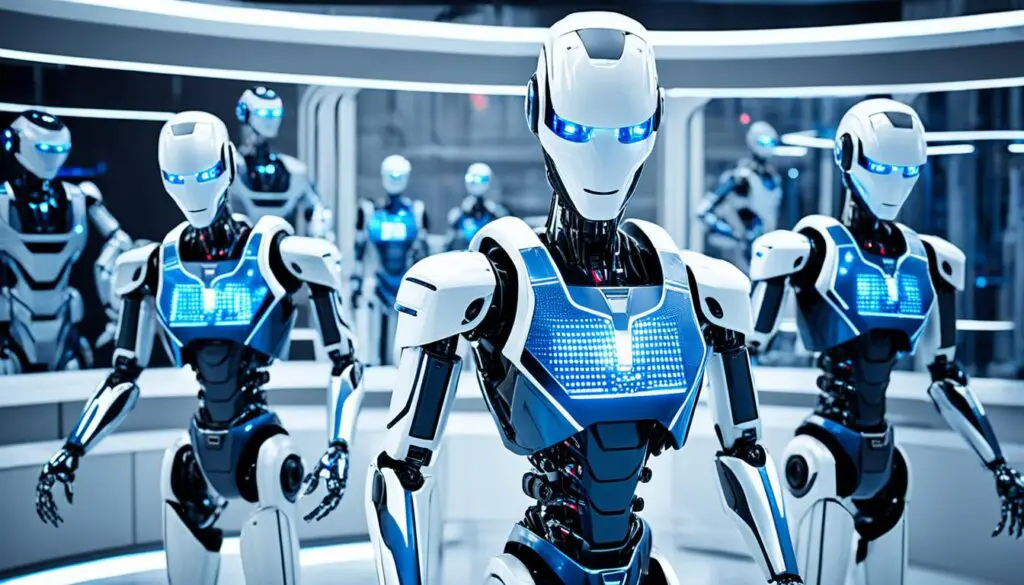
Charging into the Future: The Speed of Electric Vehicle Fast Charging
Electric vehicles (EVs) are revolutionizing the transportation industry, and one of the key advancements in EV technology is fast charging. With the ability to rapidly and efficiently charge EVs, fast charging is enhancing the EV experience and addressing the range anxiety that many drivers have.
Tesla’s Model S, one of the most popular luxury EV sedans on the market, showcases impressive performance and charging capabilities. Equipped with a 100 kWh high-voltage battery pack, the Model S can be charged using different levels of charging, including Level 1 AC, Level 2 AC, and Level 3 DC fast charging. Among these, Level 3 DC fast charging stands out as the fastest option, allowing the battery to charge from 10 to 80 percent in just 30 minutes.
While the speedy charging is undoubtedly a boon for EV owners, it’s important to note that charging costs can be higher for EVs with larger battery capacities, such as the Model S. Estimates for a full charge using Tesla’s Supercharging network range from $50 to $100.
Despite potential costs, fast charging technology is rapidly improving, and with the growing infrastructure of charging stations, EV drivers can look forward to even faster and more convenient charging options in the future.
Key Takeaways:
- Fast charging is a key advancement in EV technology that addresses range anxiety for drivers.
- Tesla’s Model S offers impressive charging capabilities, with Level 3 DC fast charging being the fastest option.
- Charging costs can vary depending on the EV’s battery capacity, but improvements in technology are expected to reduce costs over time.
- The infrastructure of charging stations is expanding, providing EV drivers with more convenient charging options.
- The future holds even faster and more efficient charging for electric vehicles.
The Rise of Humanoids in Robotics: Advancements and Market Potential
Humanoid robots, which emulate human actions and behavior, are a rapidly advancing area of robotics. Thanks to the convergence of technologies like artificial intelligence (AI) and biomechanics, humanoid robots are becoming increasingly versatile and capable of performing tasks in various industries.
With predictions of over 1 billion humanoid robots on Earth by the 2040s, the market potential for these robots is massive. Humanoids offer opportunities in industrial settings, where they can assist in tasks such as manufacturing and logistics. Additionally, they can perform domestic tasks and provide assistance to the elderly in households.
The adoption of humanoid robots is expected to follow a similar trajectory as the automobile and collaborative robot (cobot) industries. As technological advancements continue, the costs of production are decreasing, making mass production and adoption of humanoid robots more feasible.
Companies such as Boston Dynamics, Tesla, and Toyota are at the forefront of humanoid robotics. Their advanced models, like Atlas, have gained recognition for their agility, learning abilities, and human-like movements.
An example of the impressive capabilities of humanoid robots is Boston Dynamics’ Atlas:
“Atlas is an advanced humanoid robot that can walk, run, and perform acrobatic maneuvers. With its bipedal design and sensor array, Atlas stands at the forefront of human-like robotics.”
Image: 
Market Potential and Growth
The market for humanoid robots is poised for significant growth in the coming years. With the global manufacturing workforce expected to expand and the increasing need for assistance in households, the demand for humanoid robots is set to rise.
Table: Market Potential for Humanoid Robots in Different Industries
| Industry | Applications | Market Potential |
|---|---|---|
| Manufacturing | Assembly line tasks, quality control, material handling | High |
| Logistics | Packing, sorting, warehouse operations | High |
| Healthcare | Assisting nurses, patient care, medication management | Medium |
| Elderly Care | Companionship, household tasks, assistance with daily activities | High |
| Education | Tutoring, language learning, interactive teaching | Medium |
As highlighted in the table, there is significant market potential for humanoid robots in various industries. The adoption of these robots can lead to increased efficiency, productivity, and improved quality of life.
In conclusion, the advancements in humanoid robotics are paving the way for a future where these robots play an integral role in different industries. With their ability to emulate human actions and behavior, humanoid robots are set to revolutionize tasks ranging from manufacturing and logistics to household assistance and elderly care. The market potential is immense, and as technology continues to evolve, the adoption of humanoid robots is expected to grow exponentially.
Conclusion
The future of technology is being shaped by remarkable advancements in electric vehicle charging and humanoid robotics. The introduction of fast charging technology has revolutionized the electric vehicle industry, addressing the common concern of range anxiety and offering drivers rapid and efficient charging options. With continuous improvements in charging infrastructure and reduced charging times, electric vehicle drivers can now experience the convenience and peace of mind that comes with faster charging speeds.
Simultaneously, humanoid robots are making a significant impact across various industries by replicating human actions and behavior. From industrial settings to households, these versatile robots are being employed for a wide range of tasks, enhancing efficiency and productivity. Leading companies like Tesla and Boston Dynamics are at the forefront of humanoid robotics, developing innovative models such as Atlas, known for its agility, learning capabilities, and human-like movements.
The market potential for humanoid robots is immense, with the demand projected to increase alongside the growth seen in the automobile and collaborative robot (cobot) industries. As technology continues to evolve and production costs decrease, the mass adoption of humanoid robots becomes more feasible. This presents exciting opportunities for investors and holds the potential to reshape the way we live and work.
In conclusion, the future looks promising for both electric vehicle fast charging and humanoid robotics, offering a blend of sustainability and technological advancement. As these fields continue to advance hand in hand, we can anticipate a world that is not only more environmentally friendly but also characterized by the seamless integration of sophisticated technology into our everyday lives.
FAQ
How does fast charging enhance the electric vehicle experience?
Fast charging allows EV drivers to rapidly and efficiently charge their vehicles, addressing range anxiety and providing a more convenient charging experience.
What are the different levels of charging for Tesla’s Model S?
Tesla’s Model S can be charged using Level 1 AC, Level 2 AC, and Level 3 DC fast charging.
How fast can the battery of the Model S charge using Level 3 DC fast charging?
Level 3 DC fast charging can charge the Model S battery from 10 to 80 percent in just 30 minutes.
Are there any potential costs associated with fast charging EVs like the Model S?
Yes, charging costs can be high for EVs with large battery capacities. Estimates range from $50 to $100 for a full charge using Tesla’s Supercharging network.
Are there plans for further improvements in fast charging technology?
Yes, fast charging technology is continually improving. With the growing infrastructure of charging stations, EV drivers can expect even faster and more convenient charging options in the future.
What are humanoid robots?
Humanoid robots are robots that emulate human actions and behavior, incorporating technologies like artificial intelligence and biomechanics to perform various tasks.
In which industries can humanoid robots be utilized?
Humanoid robots have applications in various industries, including manufacturing, logistics, and households. They can assist in tasks like manufacturing, domestic chores, and providing assistance to the elderly.
What is the market potential for humanoid robots?
The market potential for humanoid robots is massive, with predictions of over 1 billion humanoids on Earth by the 2040s. As technology advances and production costs decrease, the adoption of humanoids is expected to grow.
Which companies are leading the way in humanoid robotics?
Companies like Boston Dynamics, Tesla, and Toyota are at the forefront of humanoid robotics, with advanced models like the Atlas gaining recognition for their agility, learning abilities, and human-like movements.
What does the future hold for electric vehicle fast charging and humanoid robotics?
The future is bright for both electric vehicle fast charging and humanoid robotics. With advancements in charging infrastructure and charging times, EV drivers can expect faster and more convenient charging options. As technology continues to evolve and costs decrease, the adoption of humanoid robots is expected to grow, providing exciting opportunities for investors and reshaping the way we live and work.
